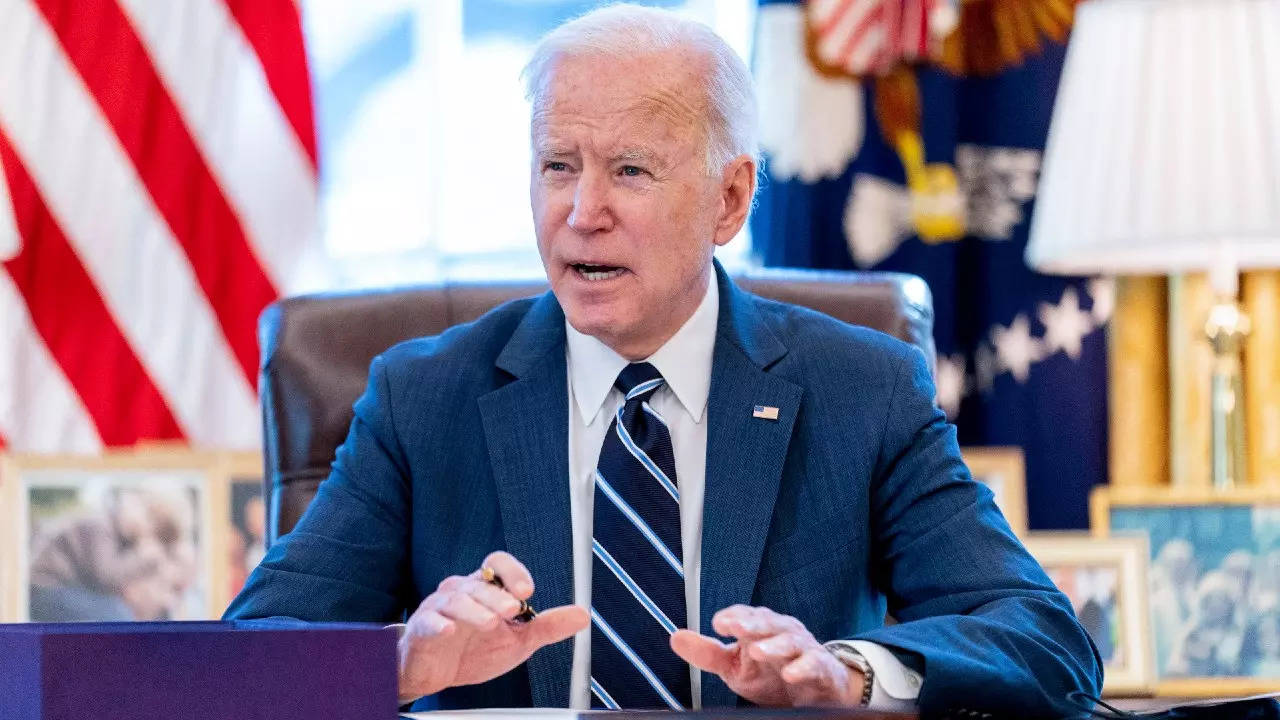“The United States has a responsibility to continue to assess and field the capabilities we need to credibly deter and, if necessary, respond to strategic attacks and assure our allies,” said John Plumb, the assistant secretary of defense for space policy.
This modernisation is part of a larger effort by the US to upgrade and maintain its nuclear arsenal, which includes warheads, missiles, bombers, and submarines.The B61 is a gravity bomb, which means it is dropped from an aircraft and falls to its target by gravity. It has been in service since 1968 and has several versions with different yields and features. The B61-12 is the latest version, which was first produced in 2020 and has a maximum yield of 50 kilotons. It also has a tail kit that makes it more accurate and adaptable.
The B61-13 is a proposed version that would have a higher yield than the B61-12, similar to the older B61-7, which has a maximum yield of 360 kilotons. It would also use the same tail kit as the B61-12. The B61-13 would replace some of the B61-7s and the B83-1s, which are the largest and most powerful bombs in the US stockpile, with a yield of 1.2 megatons.
Pentagon’s latest report on China raises concerns for India: troop build-Up and LAC ifrastructure continue
The US says that the B61-13 is necessary to deter and defeat potential adversaries, such as Russia and China, who have been modernizing their own nuclear forces. The US also says that the B61-13 would provide more flexibility and options for the president and the military commanders to strike different types of targets, such as hardened bunkers or large areas.
However, the B61-13 is controversial and costly. Some critics argue that the US does not need such a high-yield bomb, which could cause more collateral damage and escalation. The B61-13 is estimated to cost about $10 billion to develop and produce, which is part of a $1.7 trillion plan to modernize the entire US nuclear arsenal over 30 years.
The Pentagon assured that the production of the new bombs would not lead to an expansion of the US nuclear arsenal. The number of B61-12s produced will be reduced by the same amount as the B61-13s produced, the military portal Stars and Stripes reported on Friday.
Historically, various aircraft, including the B-1 Lancer, B-2 Spirit, B-52 Stratofortress, and F/A-18 Hornet fighter jet, have been equipped to deliver the B61. While it remains uncertain which aircraft will be designated for the B61-13, the new weapon is expected to facilitate the retirement of older legacy weapons, such as the B83 bomb, which has been in service for four decades, the report said.
Currently, the US has approximately 5,200 nuclear weapons in its stockpile, while Russia possesses nearly 5,900. These figures are significantly lower than the peak numbers during the Cold War era. The UN Disarmament and International Security Committee recently warned that the threat of nuclear warfare will continue as long as nations maintain their nuclear stockpiles, the Stars and Stripes said.
